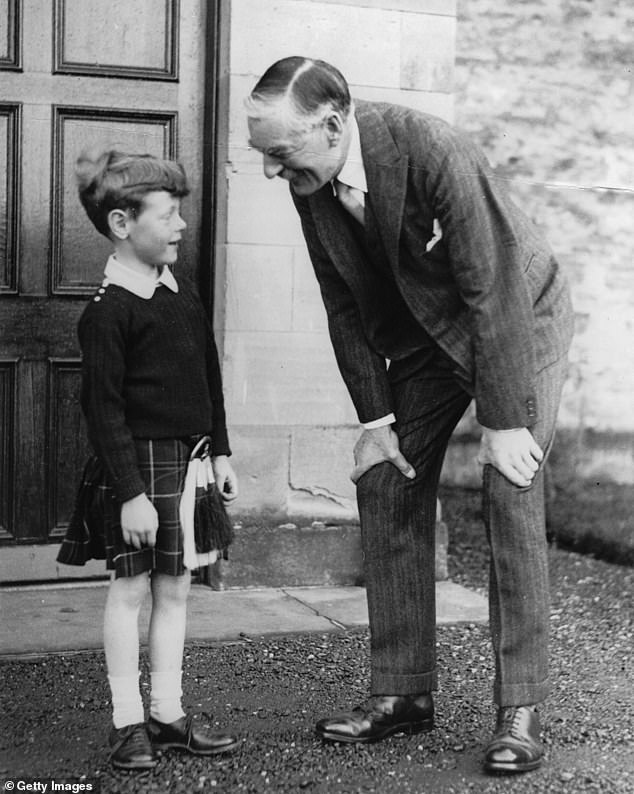In April 1994, the News of the World newspaper published two sensational love letters written by Princess Margaret to Robin Douglas-Home, with whom she had had a brief affair a quarter of a century earlier.
The letters had been circulating through publishers and news agencies since Douglas-Home’s death in 1968. When they finally appeared in print, Buckingham Palace was dismissive: “It’s an old story and we’re not going to discuss it.”
Princess Margaret was within her rights to have sued and obtained damages, but she chose not to do so.
So who was Robin Douglas-Home? He was a minor aristocrat, nephew of Sir Alec Douglas-Home, Elizabeth II’s fourth prime minister.
His mother, born Margaret Spencer, was a great-aunt of Diana, Princess of Wales. He was part of the Mayfair nightclub scene and had known the princess for many years.
An accomplished jazz pianist, he played at several West End venues, including the Society restaurant on Jermyn Street. He and Margaret had a mutual love of American musicals and composers, including Jerome Kern, Cole Porter, and George Gershwin, and he accompanied her to see West Side Story.
In the late 1950s, Douglas-Home had a passionate affair with another princess, Margaretha, granddaughter of King Gustav VI Adolf of Sweden.
When her mother, the widowed princess Sibylla, found out, she furiously ordered her daughter to return to court and both she and the king rejected the couple’s pleas to be allowed to marry.
Neville Chamberlain with Robin Douglas-Home as a child in Hirsel, Scotland
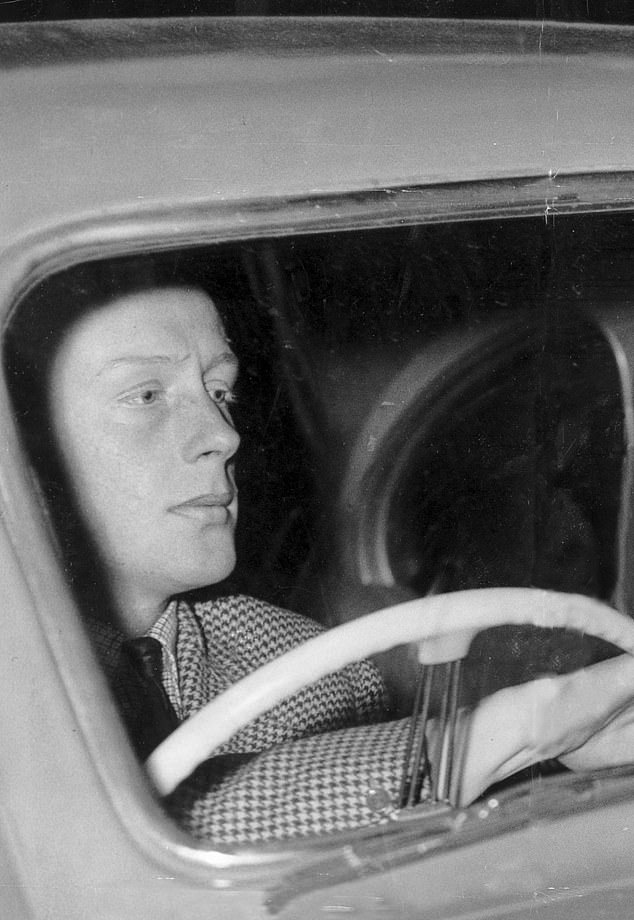
Robin was seen driving to his uncle’s house in 1957 after having asked for Princess Margaretha’s hand, but had been refused.
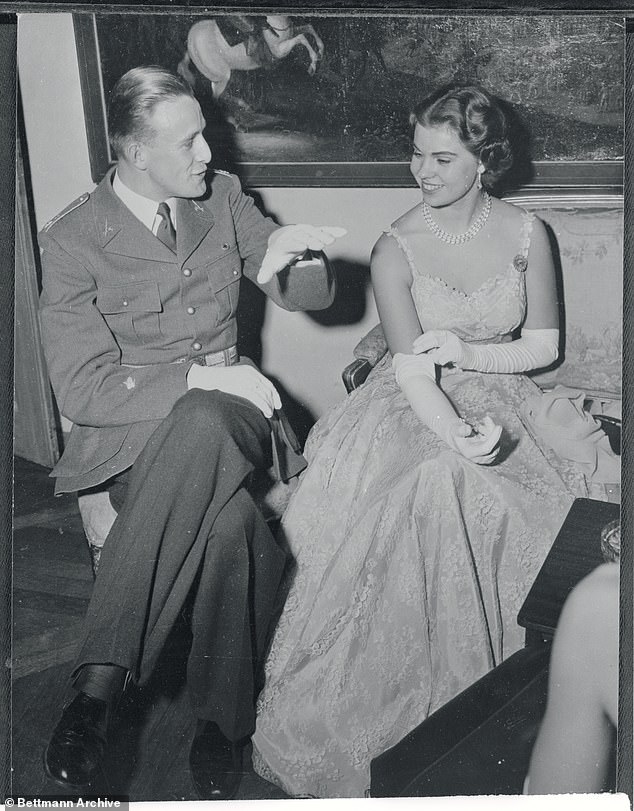
Princess Margaretha at the cadet ball at the Karlberg Castle military school in Stockholm
Instead, in 1959 Robin married model Sandra Paul, who gave birth to their son Sholto in 1962. Douglas-Home resumed his womanizing ways and in 1965 Sandra was granted a divorce on the grounds of adultery. (She would later marry future Conservative Party leader Michael Howard.)
In the mid-1960s, tensions began to appear in the marriage of Princess Margaret and her husband, the Earl of Snowdon, Tony Armstrong-Jones. He began having what one biographer called “discreet, nameless alliances” with a series of women, seduced by his good looks and royal status.
As a professional photographer, he was frequently absent from assignments, making such adventures easy to conceal. Partly to alleviate his guilt, he helped Margaret take lovers of her own, including Anthony Barton, a wine producer who was godfather to the couple’s daughter, Sarah Armstrong-Jones.
In early 1967, Tony undertook a mission to Tokyo. Margaret sought solace in Douglas-Home, telling him, “I don’t know what I would do without you,” which, for the amorous pianist, was all the encouragement he needed.
They began a month-long relationship which was spent either at Margaret’s apartment in Kensington Palace or at Robin’s house on Cromwell Road. At weekends they traveled to their cottage, Meadowbrook, in West Chiltington, West Sussex.
It was after one of those romantic weekends that the princess wrote: ‘Thank you for the comfort of your home, which gave you peace of mind. Thank you for the care and trouble you took to make everything delicious, which restored the heart.’
Ironically, while encouraging his wife to find happiness with other men, Tony became jealous of her every adventure.
This proved to be a burden for the princess and her doctor suggested that she should have a consultation at the King Edward VII Hospital in Marylebone, west London.
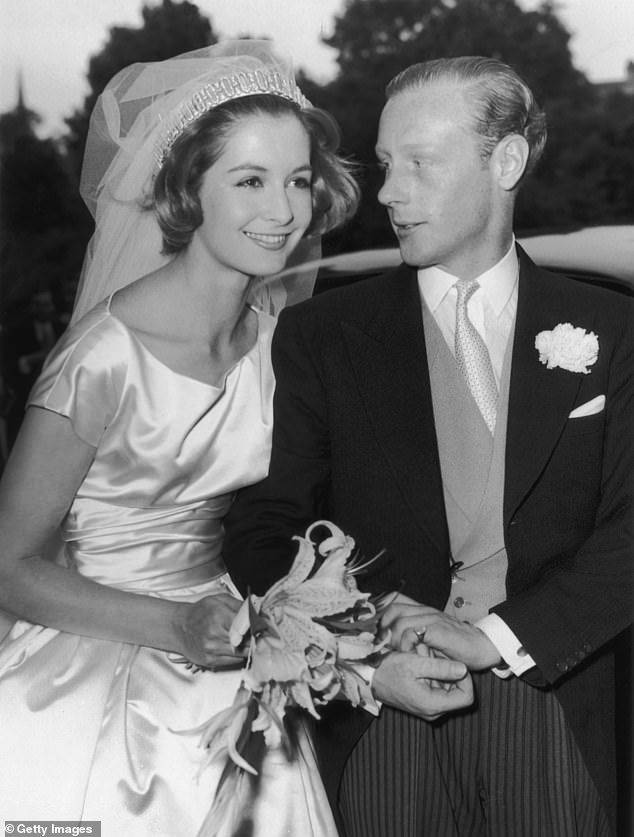
After the princess refused his hand, Douglas-Home married model Sandra Paul in 1959.
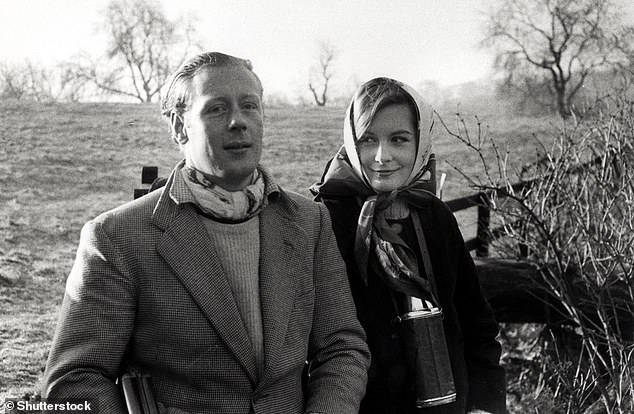
Robin Douglas-Home resumed his womanizing ways and in 1965 Sandra was granted a divorce on the grounds of adultery.
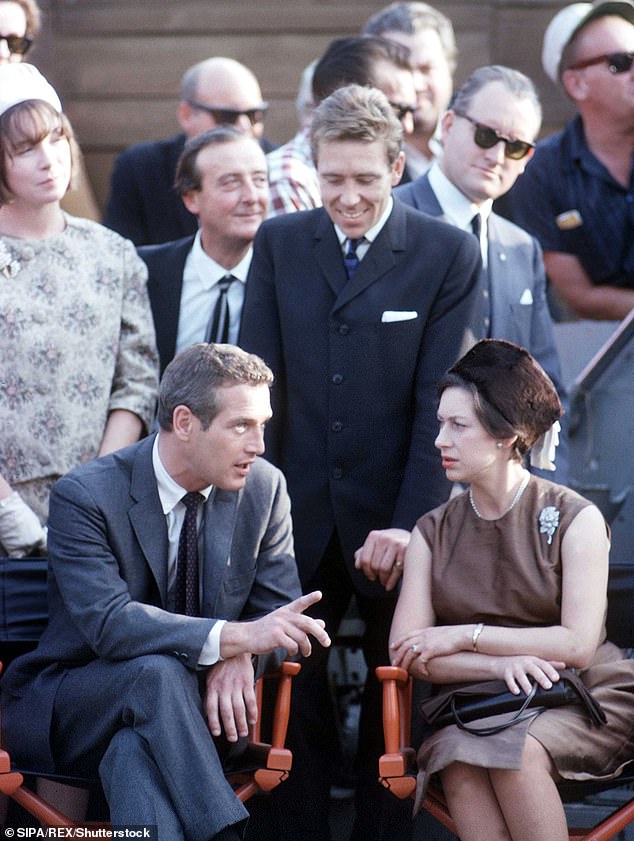
Tensions were beginning to appear in the marriage of Princess Margaret and her husband, the Earl of Snowdon, both seen chatting with Paul Newman on the set of Torn Curtain in 1965.
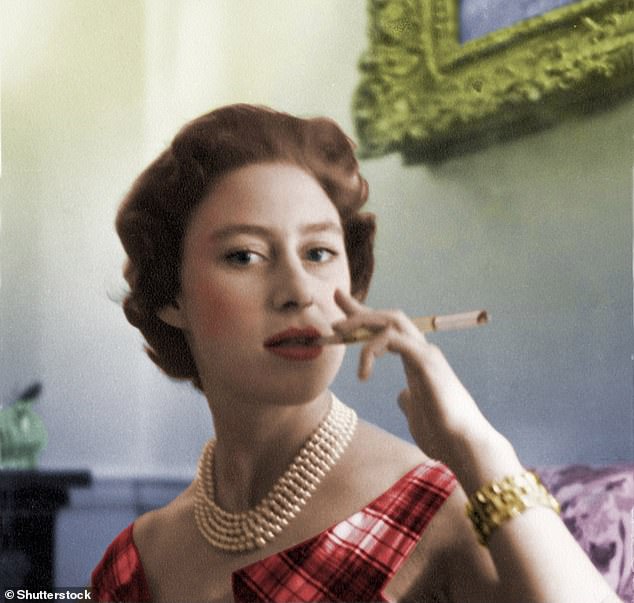
This photograph of Margaret was taken at West Chiltington Cottage and was taken by Robin Douglas-Home, a talented amateur photographer.
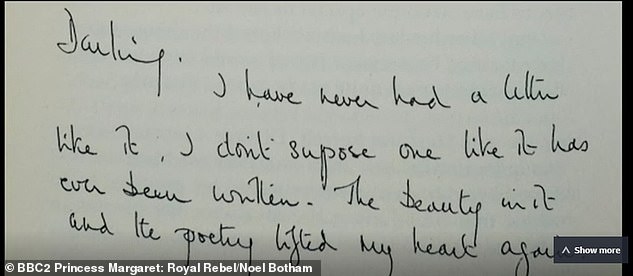
Scottish aristocrat Robin Douglas-Home fell “deeply” in love with the princess and the couple exchanged love letters.
Rumors about the affair and the princess’s poor health circulated in the press, prompting speculation that the Snowdon marriage was in danger. An actual divorce was out of the question at the time and Margaret and Tony decided to give it a try.
There was a very public gathering for the benefit of the cameras in New York before the couple headed to the Bahamas for a second honeymoon.
At some point before or after the trip across the Atlantic, Margaret called Douglas-Home to tell him that they could no longer see each other alone and that she had decided to work on their marriage for the sake of her husband and children.
That’s when he wrote the other letter, actually a farewell note. “Our love,” he wrote, “has the passionate aroma of freshly cut grass and lilies.”
‘Not many people are lucky enough to have known a love like this. I feel very happy that it happened to me. Can I make you happy from a distance? I think we can do it by just being there for each other.’
“Promise me that you will never give up, that you will continue to encourage me to make the marriage a success, and that if I have a good and safe chance, I will try to get back with you one day.”
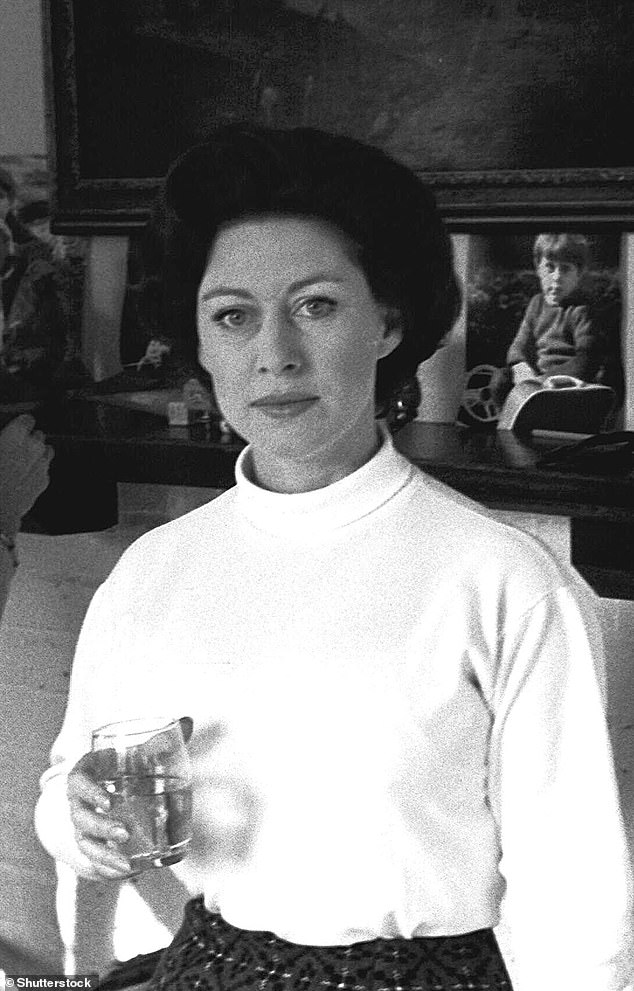
Princess Margaret having a drink in the drawing room of the Robin Douglas-Home country house in West Chiltington, West Sussex, in 1967.
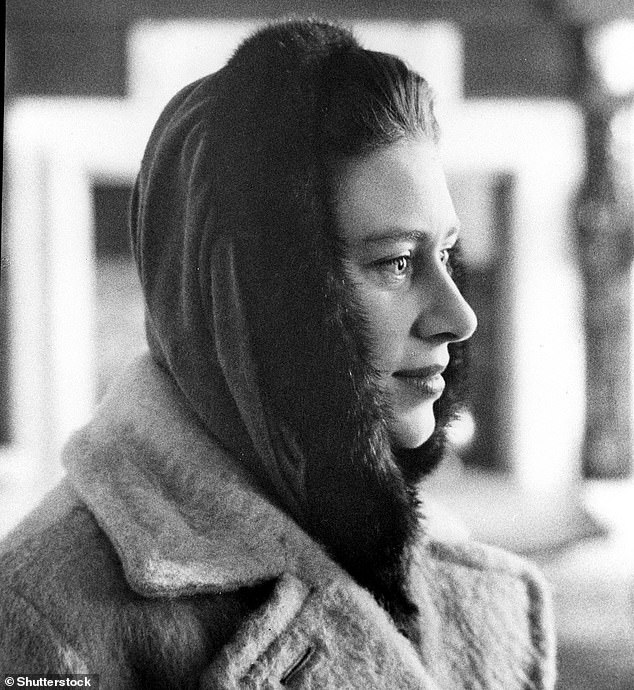
This photograph of Princess Margaret was from Robin Douglas-Home’s family album.
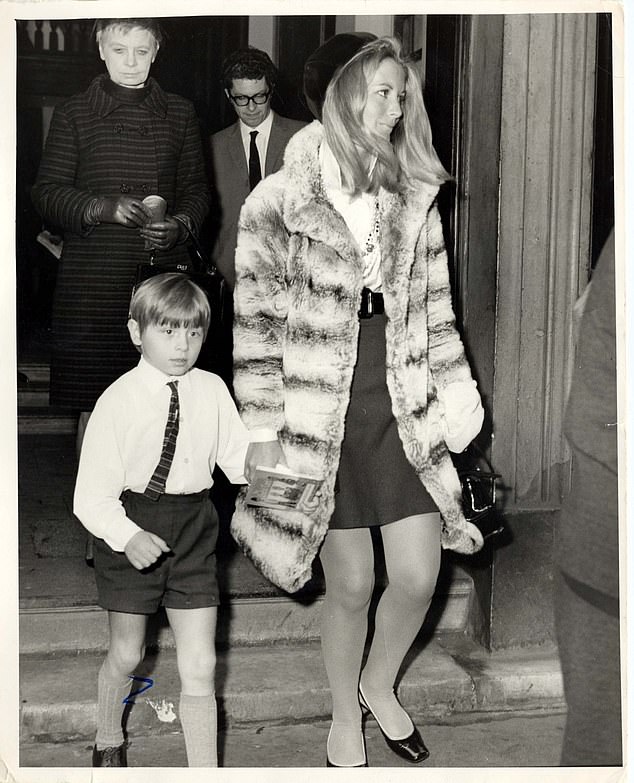
Sandra Douglas-Home is seen arriving with her son Alexander at the memorial service held for her ex-husband, who committed suicide, at St James’s Church in Piccadilly in November 1968.
‘I don’t dare at this moment. You are good and loyal, think that I am too, whatever I do or say.
The letter is signed “All my love, dear.” METRO’.
The princess never returned to her lover and Robin’s life spiraled out of control due to depression, alcoholism and gambling debts. On October 15, 1968, he committed suicide in Meadowbrook, where they had enjoyed their secret dates.
Margaret was having dinner at Kensington Palace with a family friend, James Cousins, when news of the suicide appeared on a television bulletin. He recalled that Margaret didn’t even flinch, although the next day, unusually, she fell fast asleep during a meeting. Cousins thought he had been crying all night.
Margaret always maintained that her relationship with Robin Douglas-Home was purely platonic. Their affair would have remained a secret but, after the publication of her letters 30 years ago, there was no doubt about the intensity of her feelings for the man who helped her regain her self-confidence when she needed it most.

